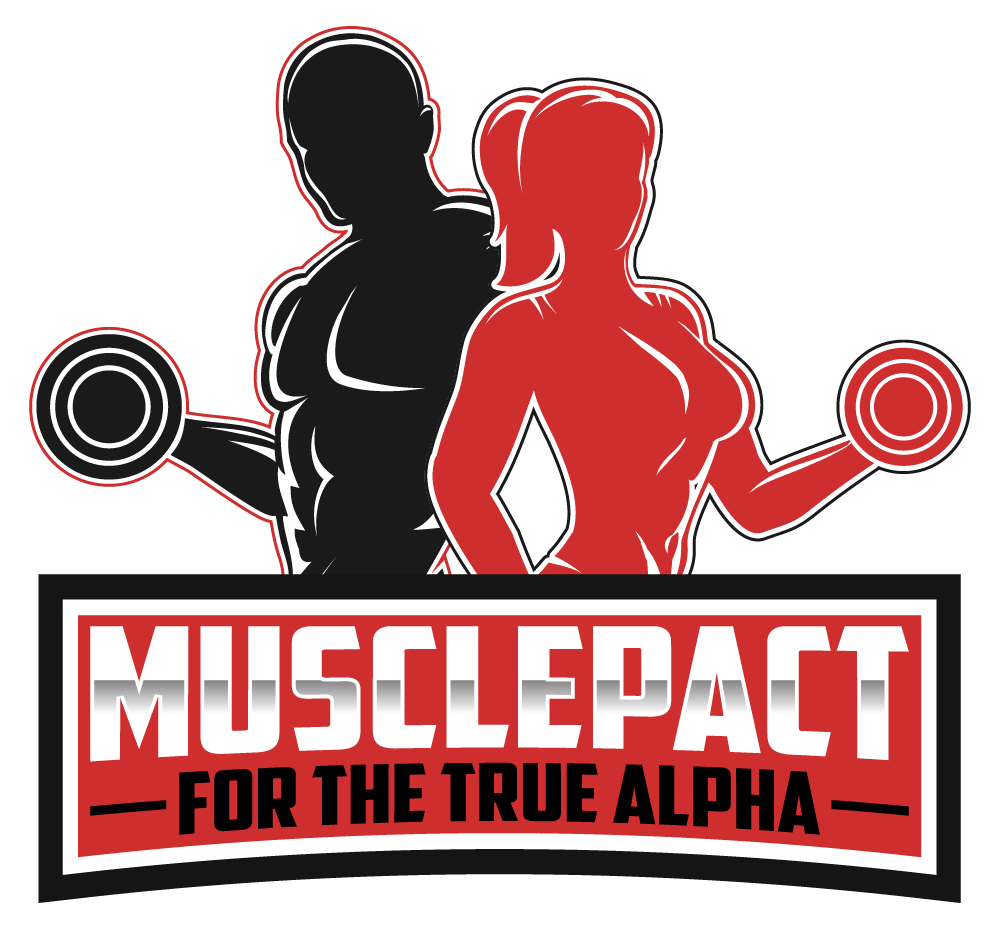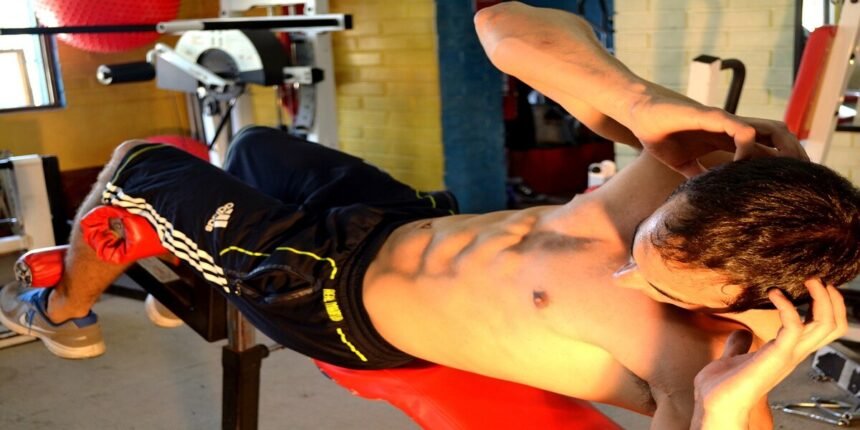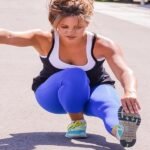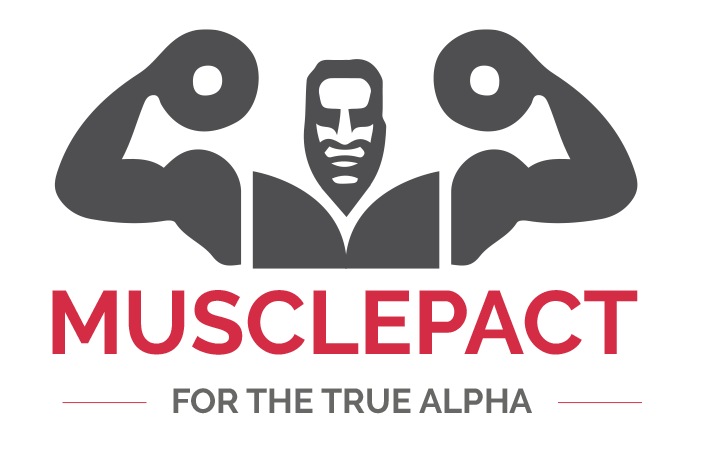If people are after a defined six-pack, they might think they just need to sit and do crunches to obtain results. It is important to take a balanced approach based on targeting all parts of the abdominal muscles, combined with good nutrition and overall fitness. So, what are abs? And how to sculpt them? In this guide, we discuss effective exercises to include in any gym abs workout, focusing on techniques, and tips to get the most out of your efforts.
Structure of the Abdominal Muscles
Before hitting workouts, though, it’s helpful to know the anatomy of the abdominal muscles:
- Rectus Abdominis: This is the muscle responsible for the “six-pack.” It is situated vertically in front of the abdomen.
- Obliques: Located on the sides of the abdomen, these muscles are responsible for rotation.
- Transverse Abdominis: The innermost layer of abdominal muscles that stabilize the core and help with postural support.
The Best Gym Abs Workout: Key Components
The definition of an effective abs’ workout has several key components:
- Introduction of Multi Exercises: Different exercises target different parts of the abs.
- Progressive Overload: Muscles adapt and grow when you gradually increase the intensity or resistance used in workouts.
- Good Form: This ensures you do not get hurt and that you generate maximum effect from the exercise.
- Core Activation: Engage your core throughout the workout will add stability and strength.
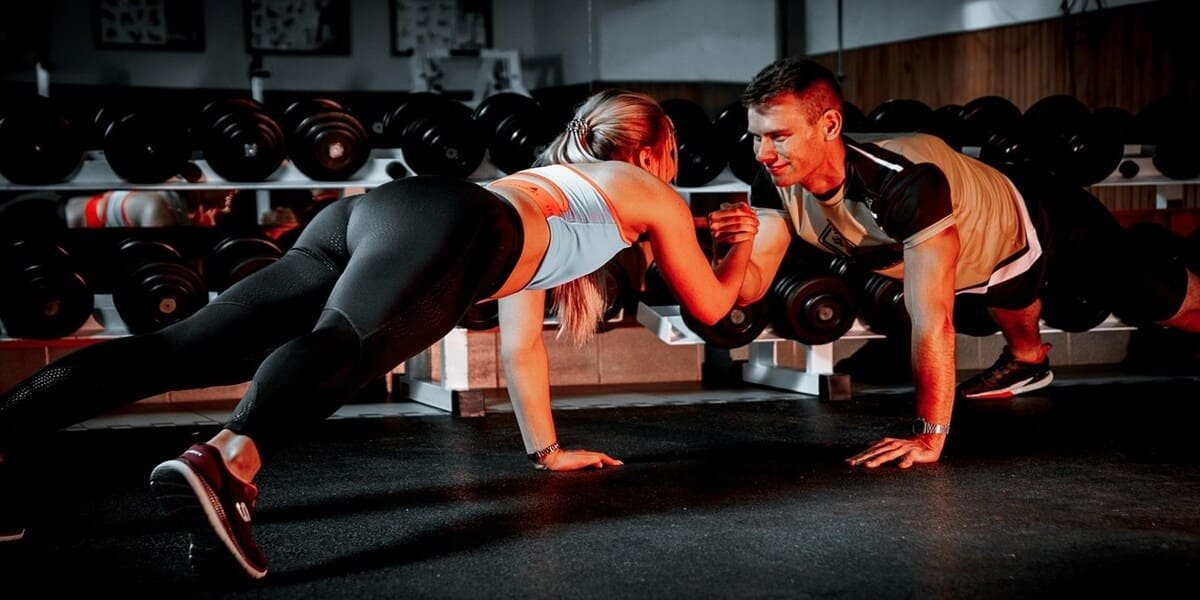
Essential Exercises to Include in a Gym Abs Workout
Here’s a closer look at some of the best exercises for strengthening your abs at the gym:
- Crunch Variations
- Standard Crunch: Lie on your back with knees bent. Lift your shoulders off the ground while pressing your lower back into the floor.
- Incline Crunch: Perform crunches on an inclined bench to increase resistance.
- Reverse Crunch: Lie on your back and lift your legs towards your chest while curling your hips off the ground.
- Leg Raises
- Lying Leg Raise: Lie flat on your back and lift your legs until they are perpendicular to the floor. This targets the lower abs effectively.
- Hanging Leg Raises: Hang from a pull-up bar and lift your legs towards your chest, engaging your core throughout.
- Plank Variations
- Standard Plank: Maintain a push-up position while keeping your body straight from head to heels.
- Side Plank: Lie on one side and lift your body off the ground, balancing on one arm. This targets the obliques.
- Rotational Movements
- Russian Twist: Sit on the floor with knees bent, lean back slightly, and rotate your torso from side to side while holding a weight or medicine ball.
- Cable Woodchop: Use a cable machine to perform chopping movements across your body, engaging both the obliques and rectus abdominis.
- Core Stabilization Exercises
- Bird-Dog: From a tabletop position, extend one arm forward and the opposite leg back, maintaining balance and stability.
- Dead Bug: Lie on your back with arms extended towards the ceiling and knees bent at 90 degrees. Slowly lower one arm and the opposite leg while keeping your core engaged.
Structuring Your Abs Workout
If you can, structure your abs workout like this:
- Warm-Up (5-10 minutes): Kick things off with some light cardio (walk/jog, jump rope, or jumping jacks) or dynamic stretches.
- Main Workout (20-30 minutes):
- Select between 4-6 ab-focused exercises.
- 3 sets of each move for 10 to 15 reps.
- Take 30-60 seconds of rest in between sets.
- Cool Down (5 mins): Stretching exercises that target the core can promote flexibility and recovery.
Sample Abs Workout Routine
| Exercise | Sets | Reps |
| Standard Crunch | 3 | 15 |
| Hanging Leg Raises | 3 | 12 |
| Russian Twist | 3 | 15 |
| Plank | 3 | 30s |
| Reverse Crunch | 3 | 15 |
| Side Plank (each side) | 3 | 30s |
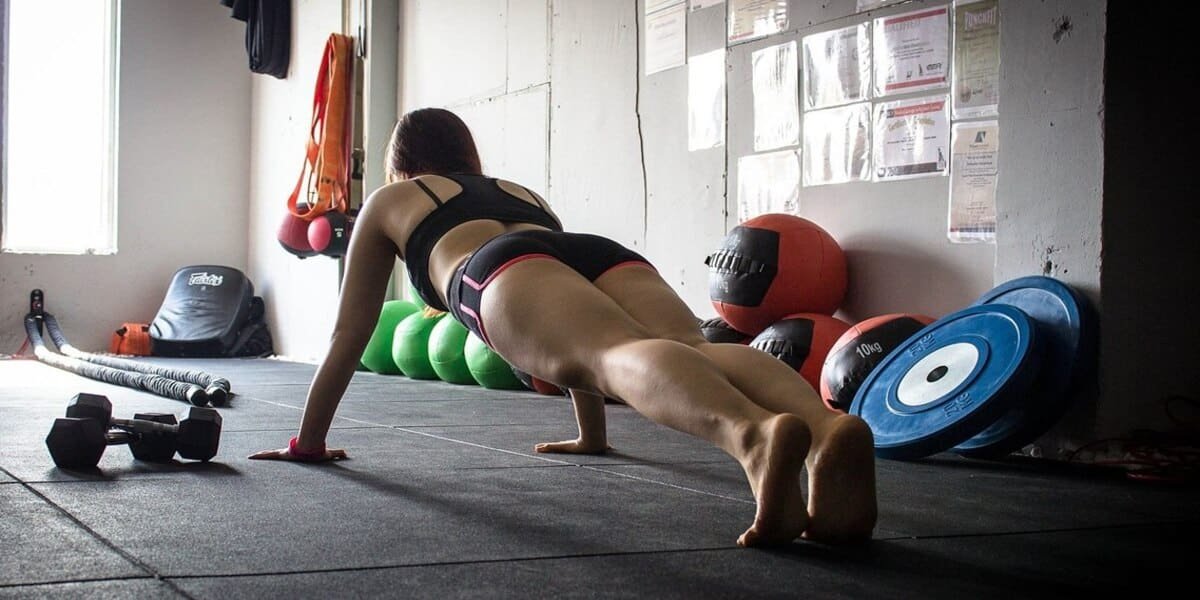
Tips for Maximizing Abs Workouts
Here are some tips on how to get the most out of your ab routine:
- Frequency: Put your form above all else so you do not injure yourself.
- Focus on Core: During all the workouts, activate your core muscles.
- Dial in Your Cardio: Add some form of cardio to lower your body fat percentage, and reveal those abs.
- Diet: Muscle gain and fat loss are both made easier with a diet rich in protein, healthy fats, and complex carbohydrates.
- Rest and Recovery: Ensure that you get enough downtime between workouts so that your muscles can heal and grow.
Importance of Nutrition
A large component of visible abs lies within your nutrition, which is why it is often said that “abs are made in the kitchen.” This is a reminder that you could put the maximum effort into your exercise routine, if your diet isn’t in line with your health and fitness objectives, you could find it hard to uncover your abdominal muscles.
Diet’s Role in Abs Definition
Abs will not appear unless you get your body fat low enough, which can be achieved with a clean diet. Changing this implies consuming whole nutrient-dense meals and avoiding processed food with excessive degrees of sugar and unhealthy fat. When it comes to nutrition, a protein-dominant diet promotes muscle repair and development, while healthy fats and complex carbohydrates fuel exercise sessions for extended periods of time.
Nutrition Before and After Exercise
A pre-workout meal typically comes in easily digestible carbohydrates and protein before you head to the gym. Meals after the workout are just as crucial; a mixture of protein and carbohydrates 30 minutes after working out may improve recovery as well as muscle synthesis.
Common mistakes during your gym abs workout
A lot of people make common mistakes when trying to get those defined abs. Being aware of these traps can help optimize workout routines.
Overemphasis on Crunches
Although crunches are arguably one of the most popular exercises, they should not be the only one you do, as this will cause imbalances. These are also working only on the top of the abs and are going to miss the obliques and the lower abs altogether. Include different types of exercises that involve all parts of the core.
Ignoring Other Muscle Groups
Relying solely on traditional isolation ab exercises may also restrict complete core development. Although core exercises play a big role in the overall strength of the core, integrating compound movements such as squats and deadlifts increases stability and improves functional strength throughout the body.
Working Your Abs Daily
Some think running ab workouts is the quickest way to achieve favorable outcomes. But it takes time for muscles to heal and gain strength. Working abs on a daily basis could result in overtraining and ultimately delay your gains and could even possibly put you in greater danger of injury.
High-Level Gym Abs Workout Techniques
When you get used to simple abs training, you might also adapt advanced techniques to take your gym abs workout to the next level by challenging your core in new ways.
Supersets & Circuit training
So, a Superset is essentially combining two exercises with no rest between them; this is also a great way to add intensity and save us some time. Circuit training incorporates several exercises that will work various muscle groups, keep your heart rate elevated, and attack the core, too.
Incorporating Equipment
Stability balls, resistance bands, or medicine balls are all great tools to mix up your workout routine. They help to increase your body balance and stability and indirectly activate the rest of your core in the process.
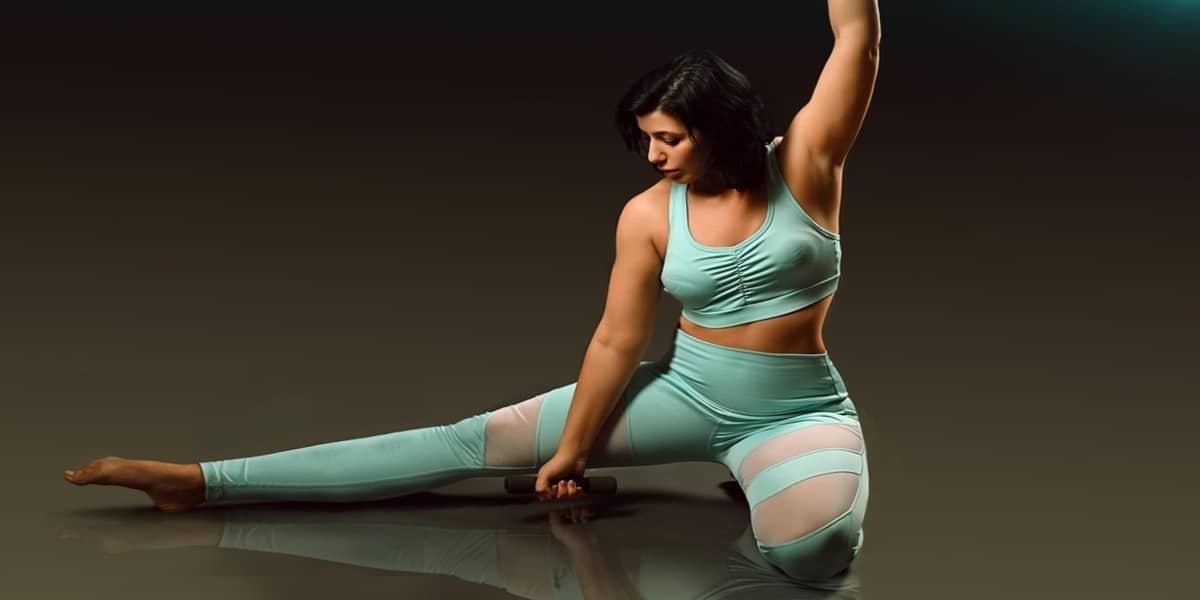
Recovery Strategies
Recovery is frequently an ignored component when it comes to having a solid gym abs workout. For muscle building and general performance, adequate recovery practices are crucial.
Importance of Rest Days
Muscles need to recover from workouts, which is what makes them grow, and rest days allow them to do that. Rest is built into your routine for reducing inflammation and preventing burnout, which results in better work over the long-term.
Stretching and Flexibility
Including stretching routines that target the core can help to increase flexibility and prevent injuries. One way to combat this is by performing dynamic stretches prior to hitting the gym and static stretches after a workout to preserve muscle flexibility and mobility.
FAQs
How often do I need to train abs?
Most people only need to train abs 2-3 times a week in order to give them time to recover.
Can I spot reduce fat?
Spot reduction is mostly a myth — fat loss comes from all areas of the body, as opposed to specific ones. To have a body composition that shows strong abs, you need a great fitness program and diet.
Gym Abs Workout In a Few Words
Having strong abs is all about doing the correct exercises, targeting all areas of the abdominal muscles, and consistent training in the gym along with a proper diet. With structured workouts and a focus on form, the path to well-defined abs becomes accessible for all.
Before you go, learn how testosterone pills for men affect their health. Don’t forget to follow us on Facebook for even more fitness guides.
Sources:
- https://www.webmd.com/fitness-exercise/best-exercises-abs-general
- https://shop.bodybuilding.com/blogs/training/10-best-ab-exercises-for-building-muscle
- https://row.gymshark.com/blog/article/best-ab-exercises
All images from pixabay.com
